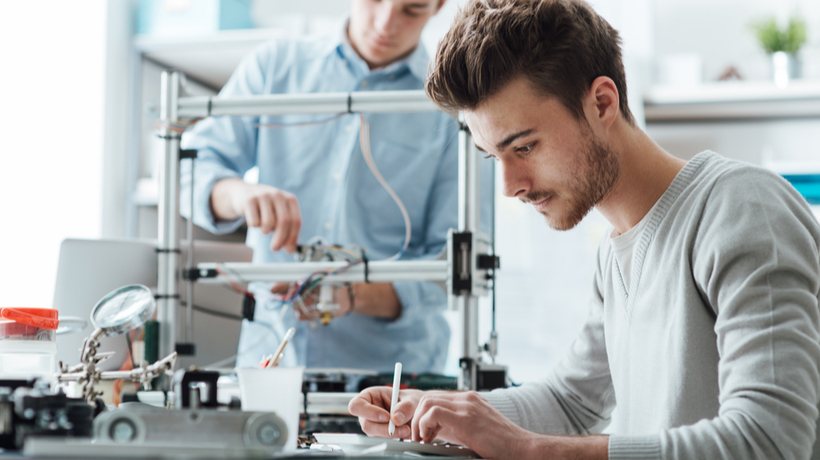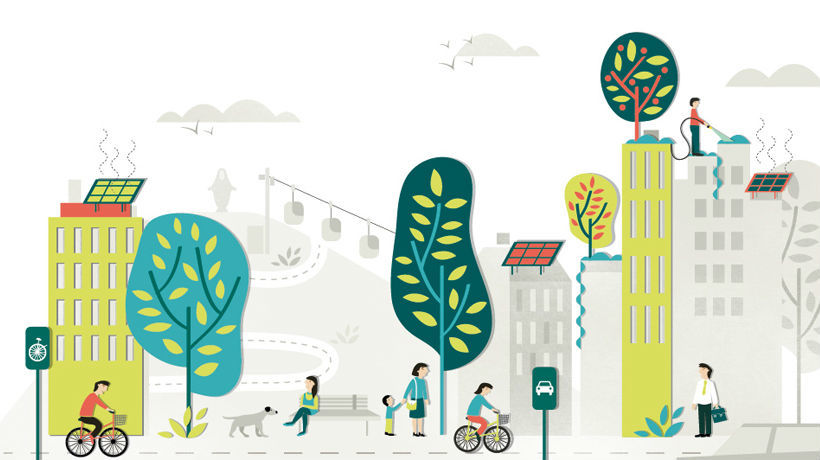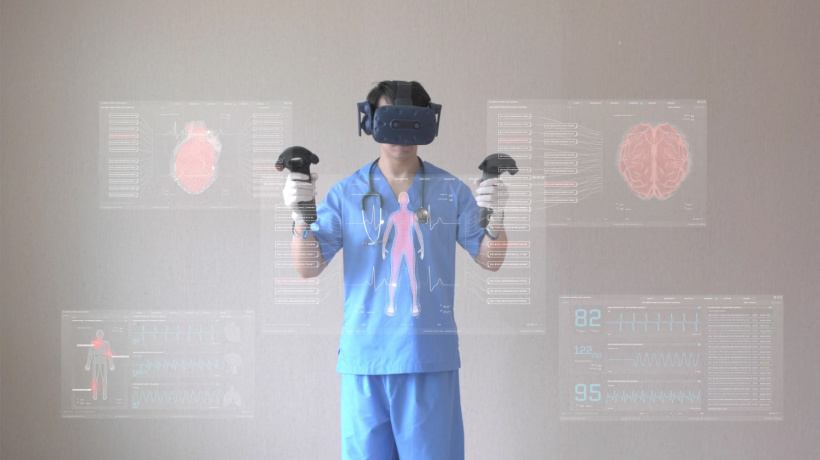Why Nurturing Creative Skills In Classrooms With 3D Modeling Is Essential
Furthermore, if we open our mind to what could be considered art, there is a ‘gold mine’ of new knowledge for everyone, particularly school-aged students, to explore.
How The Arts Help Develop The Young Brain
Arts training plays a vital role in human development and improving cognitive function. More specifically, according to an article by PBS Parents, in young children, art can improve the following:
Motor Skills
The movements associated with art, such as holding and manipulating tools, equipment, and materials, are essential to the growth of fine motor skills in young children. In fact, there are art related ‘milestones’ that indicate children are developing the necessary motor skills for further studies and more advanced tasks such as writing.
Language Development
As students interact with colors and shapes, for example, they will learn new words. As they advance, they will start to use more descriptive words and phrases to talk about their creations.
Decision Making
Art education allows students to exercise their thinking faculties in a unique way; making decisions and solving problems that call upon their critical thinking skills. Art also encourages children to be creative and innovative in their decision making.
Visual Learning
Sculpting with clay and threading beads on a string, for example, develop visual-spatial skills. Art education also helps students to interpret visual information. This is a vital life skill, especially as world citizens continue to be bombarded with an ever-increasing amount of such-like information.
Cultural Awareness
As students dig deeper into the various art forms, they will form a deeper understanding and appreciation of our diverse global community, especially as they endeavor to relate to the concepts or views of the world that an artist is trying to communicate.
Michael Posner, Professor Emeritus at the University of Oregon’s Department of Psychology, in an article entitled ‘How Arts Training Improves Attention and Cognition’, concurs:"From our perspective, it is increasingly clear that with enough focused attention, training in the arts likely yields cognitive benefits that go beyond ‘art for art’s sake.’ Or, to put it another way, the art form that you truly love to learn may also lead to improvements in other brain functions".
Other Health Benefits
According to an article published in Paste Magazine, there are several health benefits associated with art. For example, art can reduce stress, enhance cognitive performance, and improve focus, memory, and communication. Of course, these benefits would be advantageous to all ages.
In terms of patient care, visuals arts can have a huge impact on recovery. In 2010, the American Journal of Public Health published a review entitled, The Connection Between Art, Healing, and Public Health, which looked at this very subject. As stated in an article by Huffington Post, researchers described the effect of participating in art training on patients as follows:
- "Art filled occupational voids, distracted thoughts of illness"
- "Improved well-being by decreasing negative emotions and increasing positive ones"
- "Improved medical outcomes, trends toward reduced depression"
- "Reductions in stress and anxiety; increases in positive emotions"
- "Reductions in distress and negative emotions"
- "Improvements in flow and spontaneity, expression of grief, positive identity, and social networks"
The Benefits Of Nurturing Creative Skills In The Classroom Setting
It goes without saying, there are going to be numerous benefits associated with art in the classroom setting. Indeed, drawing, painting, and sculpting are not done simply for the sake of it. One report, by the National Assembly of State Arts Agencies, entitled ‘How the Arts Benefit Student Achievement’ states: "A growing body of studies, including those in the research compendium Critical Links, presents compelling evidence connecting student learning in the arts to a wide spectrum of academic and social benefits".
These benefits pertain to areas such as reading and language, mathematics, thinking skills, social skills, motivation to learn, and a positive school environment. For this very reason, art and creative skill-based education has always been and continues to be, a mainstay of curricula around the world.
How Does 3D Modelling Fit Into This?
3D modeling may not be the first thing that comes to mind when you think of art education. However, it really is just a digital approach to drawing, painting, and sculpting. And like any other art form, it is an excellent outlet for artistic creativity. Furthermore, with the increasing affordability of 3D printers and easy-to-use 3D design software, much like a painting or sculpture that is tangible, students are able to bring their 3D creations to life.
However, 3D modeling is not just limited to more artistic pieces. You may have heard terms such as ‘design thinking’ or ‘maker thinking’ being bandied about in educational contexts. According to one definition by the Interaction Design Foundation, at the core of the idea is that creative design skills are key to a solution-based approach to solving real-world problems. ‘Design thinking’ involves "creating many ideas in brainstorming sessions, and adopting a hands-on approach in prototyping and testing", as well as "ongoing experimentation: sketching, prototyping, testing, and trying out concepts and ideas".
3D modeling facilitates ‘design thinking’ in that it supports the creative processes that go along with it, as mentioned above. Indeed, the expression can move beyond simply creating pieces of art; it can provide solutions to real-world problems.
Who Can Benefit?
In the same way, students of all ages can benefit from art education, they can benefit from 3D modeling and printing. In an article for Open Access Government, Wyn Griffiths, Senior Lecturer at Middlesex University, explains that 3D printing "holds enormous potential not just in the STEM industries, but in schools as well… In short, it’s a game-changer of massive proportions that can give excellent benefits to both teaching and learning".
Remember too, there is a growing need for trained up professionals in the area of 3D printing. Griffiths concurs: "Although less than a decade old, 3D printers are poised to completely change the way in which we manufacture goods. Creative and design occupations will easily make use of the tech, while new and innovative technologies will be spawned in the STEM sectors… Allowing learners to get to grips with a tool that they will probably use in their adult lives matters enormously". So, learning with 3D design stands to benefit students in more ways than one, particularly in terms of acquiring employment.
Indeed, students and adults of all ages will benefit significantly from art education, including 3D modeling and printing. In addition to the copious cognitive and health benefits, it will allow them to express themselves creatively, enhance their digital education, and prepare them for the many opportunities that await them. There are many programs available which are designed for all ages and the classroom setting, and are already helping many schools nurture creative skills.








